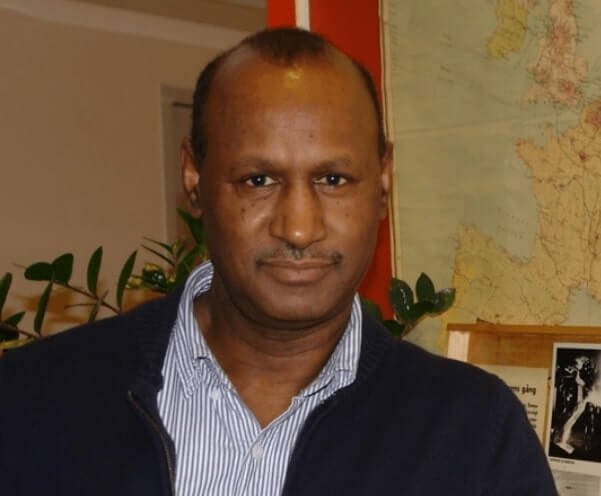* Government expects economy to grow 10 pct in 2012/13
* Industry accounts for only 10 pct of GDP
* Ethiopia seeks middle income status by 2025
By Aaron Maasho
ADDIS ABABA, June 21 (Reuters) – Ethiopia should ensure private industry and business has sufficient access to finance in the state-dominated economy to keep growth rates up and shift from a heavy reliance on agriculture, the World Bank said.
The Horn of Africa nation with its strongly state-interventionist policies has one of the world’s fastest-growing economies. The government expects growth of 10 percent in the fiscal year ending next month, boosted by rising agricultural output.
Industry, however, accounts for only about 10 percent of gross domestic product, while major sectors of the economy such as banking and telecoms remain in state hands.
Guang Z. Chen, the World Bank’s country director, said Ethiopia should adjust policy to expand the private sector to meet a goal of middle-income status by 2025. The bank has defined a middle-income nation as one with gross national income per capita of more than $1,025 per year and put Ethiopia’s at $370 in 2011.
“For this country to continue to grow I strongly believe industry has to take a much bigger role because there is no other country that I’m aware of, aside from these resource-rich countries, that can go to middle-income status with still 50 percent of GDP on agriculture,” he told Reuters.
“But unfortunately it (the industrial sector) has been rather stagnant, at about 10 percent of GDP,” Chen added.
State-supported energy and transport projects required financing equivalent to 19 percent of Ethiopia’s estimated $33 billion annual national output last year, squeezing out private business, according to World Bank estimates.
Credit to the private sector was equivalent to 14 percent of GDP compared to a regional average of 23 percent, the bank says.
“Making credit available for the private sector is certainly one area the government can do more on,” Chen said.
In the five years to July 2012, private consumption declined from 85 percent of GDP to 77 percent, bank figures show. The total investment rate rose from 16.4 percent of GDP to 25.5 percent between 1987 and 2011, but the proportion of private investment fell in that period.
“The trend that worries us is that while the public investment as a share of GDP is increasing, the private investment as a share of GDP is decreasing,” Chen said, adding adjustments could made to the “interventionist model”.
Ethiopia, Africa’s second-most populous nation after Nigeria, aims to expand the road network to 136,000 kilometres (84,500 miles) by 2015 from below 50,000 kms in 2010. It also plans to build 5,000 kms of railway lines by 2020.
Addis Ababa says it wants to tap the BRICS countries – Brazil, China, India, Russia and South Africa – for investment.
Chen said the nation’s transport and logistics would benefit from more a more competitive environment.
“Logistics is mostly controlled by state-owned sectors, that’s why we emphasise that there needs to be more competition,” Chen said, adding that competition could even be between state-owned enterprises.
Growth has been driven by an expansion in services and agriculture. The main exports include coffee, horticultural products and livestock. Ethiopia is also a big aid recipient. (Editing by Edmund Blair)















